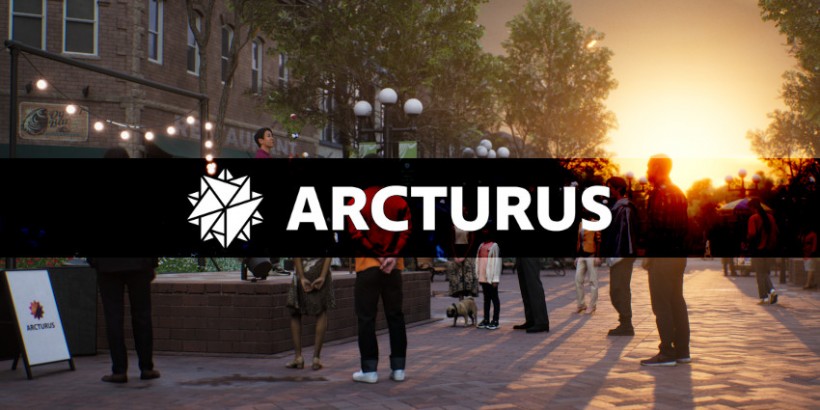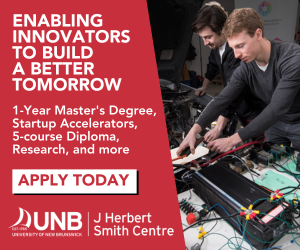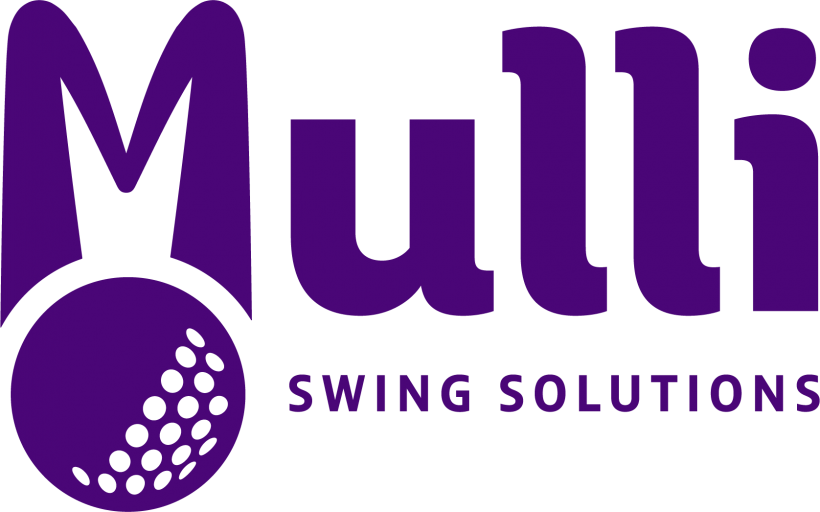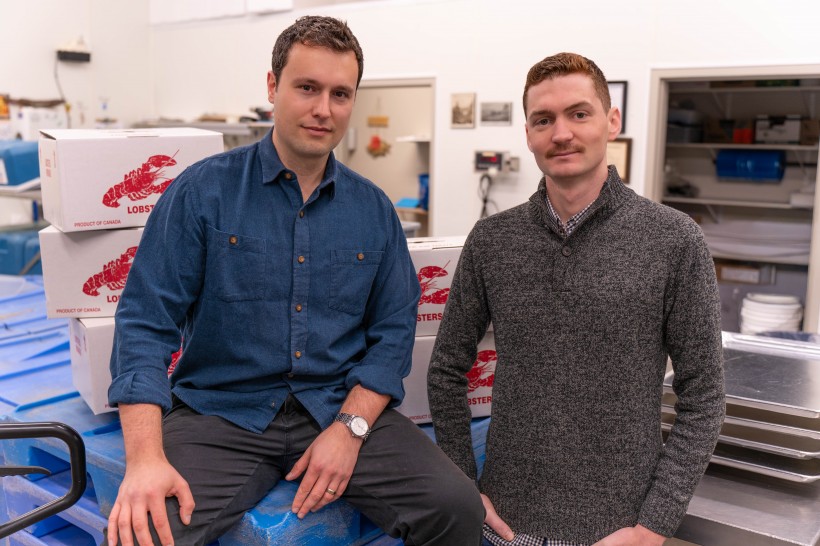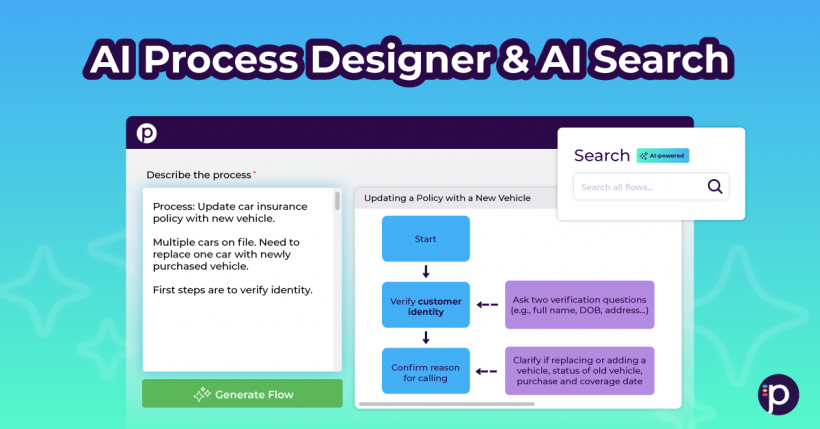Arcturus, which is developing immersive 3D coverage of live sports, has raised US$2.3 million (C$3.2 million) in equity funding to advance its platform for capturing and sharing games from multiple viewpoints.
The company, which has dual headquarters in Halifax and San Francisco, said last week the round was led by LDV Capital, with participation from Myelin VC, Vanderbilt University and angel investors. In 2021, it closed a US$5 million round from a group of VC investors that included Halifax-based Build Ventures.
“Our real focus is in North American sports,” said the Halifax-based COO Fraser McArthur in an interview. “We are looking to branch into European sports as well, but our target clients now are the sports broadcasters who have the media rights for the leagues or the teams in the North American market.”
In 2023, the original team merged with a group that previously worked on Microsoft’s HoloLens and volumetric video business. The merger came after Microsoft decided to exit the business and the team working on it joined with Arcturus.
Arcturus was founded by an executive team with experience in such household names as Netflix, Google and Pixar, and they set out to enhance the entertainment value and analysis of sports broadcasts by allowing a play to be viewed from any angle. The company places small synchronized sensors throughout sports venues so that the broadcaster can present the action from any angle, allowing for an immediate understanding of what happened with a play.
The footage is processed into a high-definition, 3D display that can be viewed on TV or used interactively on mobile devices, desktops or virtual reality headsets.
Arcturus, whose 10-person team is split evenly between San Francisco and Halifax, has conducted pilots with several sports organizations, including a team each in Major League Baseball and the National Hockey League.
McArthur said the company is using the funds to execute the venue pilots. The company says it will also use the money to further develop the core technology and production workflow, with an emphasis on reducing turnaround time.
The COO also said Arcturus is gaining traction, but added that teams, broadcasters and leagues will have to commit to capital expenditures within the venues for a complete and seamless adoption of the technology.
“The technology is getting there but where we are right now is at a point where . . . [broadcasters] all want this and they all understand there is a large fan demand. At the same time, it involves upgrades to stadiums and it calls for the most modern cameras. So there is a tipping point that we’re expecting to see.”



